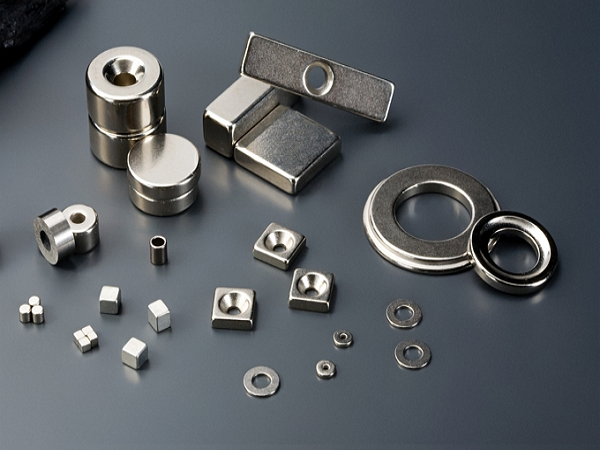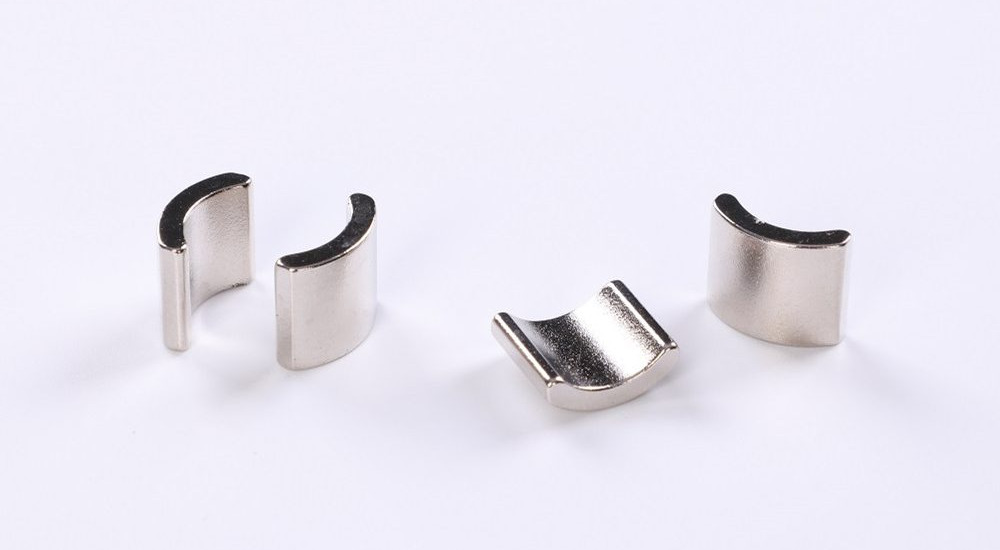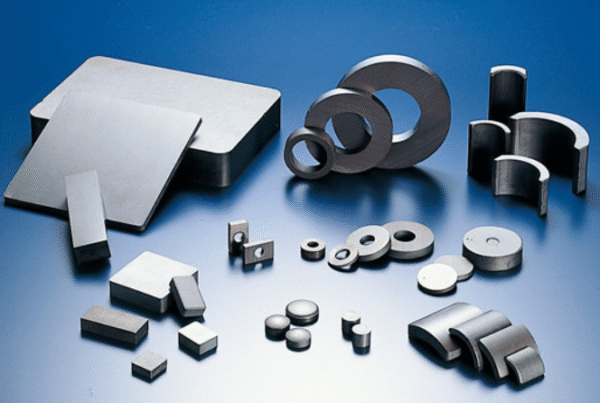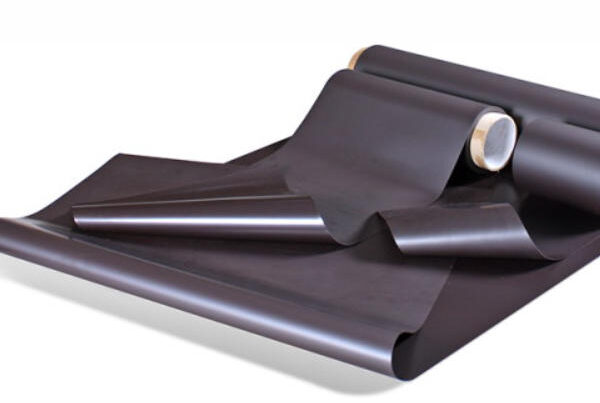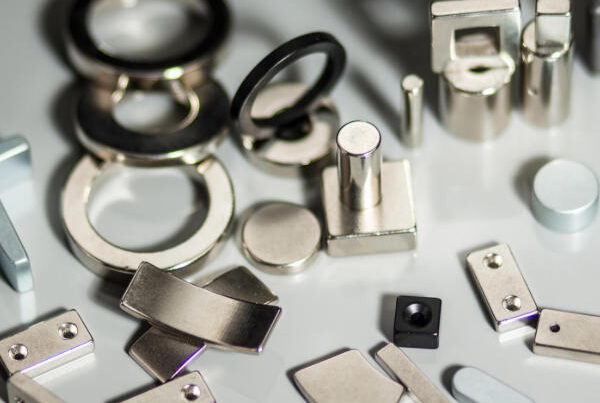As one of the most powerful permanent magnet materials on the market, NdFeB magnets are widely used in many fields such as motors, electronic products, new energy vehicles, wind power generation, and medical equipment. However, strong performance is often accompanied by some limitations. Next, follow this article to fully understand the advantages and disadvantages of NdFeB magnets to help you evaluate their application value more scientifically.
- Main advantages of NdFeB magnets
(1) Super strong magnetic properties
NdFeB magnets have the highest known magnetic energy product (BHmax), which is several times higher than traditional ferrite, aluminum nickel cobalt and other magnets. This means that at the same volume or mass, it can generate a stronger magnetic field and is widely used in products with strict requirements on volume and weight, such as mobile phone motors, headphones, drone motors, etc.
(2) Small size and light weight
Due to its extremely strong magnetism, NdFeB magnets can be made very small without affecting performance. This feature makes it an ideal choice for portable devices and compact systems, especially in new energy vehicle motor systems, where it can effectively improve power density.
(3) Good machinability
NdFeB magnets can be processed into complex shapes such as round, square, arc, and ring according to different needs to meet various industrial design requirements.
(4) Wide range of applications
From consumer electronics to aerospace, from medical equipment to new energy industries, NdFeB magnets are almost everywhere. Especially in the fields of wind power generation and new energy vehicles, it is the core component of high-efficiency permanent magnet synchronous motors.
- Analysis of the shortcomings of NdFeB magnets
(1) Poor corrosion resistance
The iron and neodymium in NdFeB magnets are easily oxidized, causing the magnets to rust or even deteriorate in magnetic properties. Therefore, in practical applications, surface protection must be carried out by electroplating, spraying, packaging, etc., but this will also increase costs and process complexity.
(2) Limited high temperature resistance
The Curie temperature of ordinary NdFeB magnets is around 310°C, but in actual work, the magnetic properties will drop significantly after exceeding 150°C. Although high-temperature NdFeB products are available on the market, they are expensive and their cost-effectiveness may not be suitable for all industries.
(3) Low mechanical strength
NdFeB magnets are brittle materials and are prone to edge collapse and breakage. Especially in assembly or high-intensity environments, special attention should be paid to impact and stress problems, and structural protection is usually required.
(4) Prices are greatly affected by fluctuations in rare earth raw materials
NdFeB magnets are mainly composed of rare earth elements neodymium (Nd) and iron and boron. The price of rare earth materials fluctuates greatly, which will directly affect the cost of magnets, thereby increasing the procurement risk of enterprises.
In summary, we can know that NdFeB magnets have become one of the indispensable core components of modern high-performance motors and electronic devices due to their excellent magnetic properties and wide applicability. However, in actual applications, we must also consider factors such as corrosion resistance, temperature resistance and cost. Therefore, when you need to choose whether NdFeB magnets are suitable, the key is to make a comprehensive evaluation based on the actual use environment, performance requirements and budget.
If you are looking for high-performance magnet solutions for product selection or process upgrades, and want to learn more about NdFeB magnets, please visit JLMAG’s website, or contact us to provide you with more powerful references and help.


